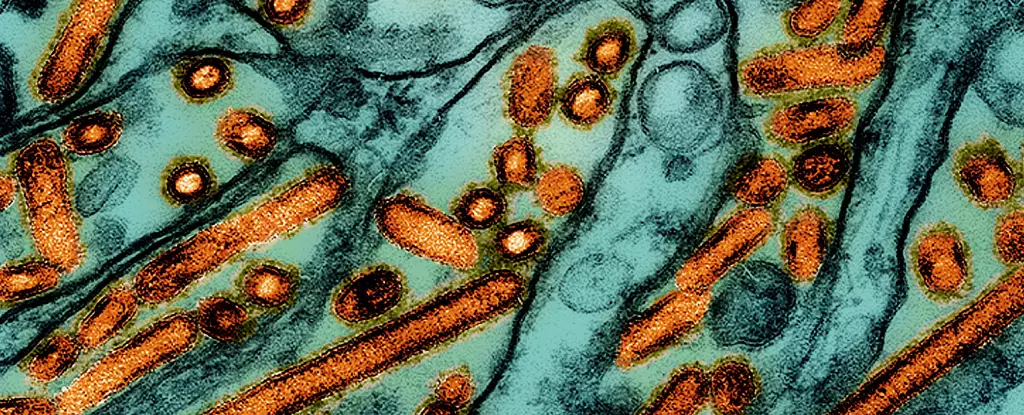In recent news, US officials have reported the country’s third human case of bird flu linked to the current outbreak of the virus in dairy cattle. This case involved a Michigan farm worker who is the second person to be affected in the Midwestern state. The Centers for Disease Control and Prevention (CDC) stated that all three cases were spread from cows to humans, rather than human-to-human transmission, which is a relief. The infected individual experienced symptoms such as cough without fever, eye discomfort, and watery eye discharge. Treatment with the antiviral medicine oseltamivir proved effective, and the person was isolated at home until their symptoms resolved.
There has been speculation regarding the potential risk factors for bird flu in dairy cattle. Some scientists suggest that feeding cattle ground up chicken waste could be a contributing factor to the outbreak. However, the feed industry has disputed this claim, and US authorities believe that wild birds are the primary source of infection for cows. Despite this, the CDC emphasizes that the risk to the general public without exposure to infected animals remains low. This underscores the importance of taking precautions such as using personal protective equipment (PPE) and avoiding close contact with sick or dead animals, including wild birds, domesticated birds, and other animals.
In light of the recent cases of bird flu, health authorities recommend that individuals who work closely with dairy herds use PPE to reduce the risk of infection. Additionally, it is crucial to avoid touching animal excrement or bedding, consuming unpasteurized milk, or coming into contact with sick or dead animals. The CDC also advises against consuming raw milk contaminated with bird flu, as recent testing has shown that it can sicken mice. Pasteurization, however, effectively destroys the virus and mitigates this risk. It is essential for farmworkers and individuals in close proximity to animals to adhere to these safety measures to prevent the spread of bird flu.
The spread of highly pathogenic avian influenza virus HPAI H5N1 to more than 50 animal species, including dairy cattle in the United States, is a cause for concern. Recent cases in farm-raised alpacas in Idaho highlight the need for vigilance in monitoring and controlling the spread of the virus. Proactive testing among farmworkers, as seen in Michigan, is crucial for early detection and containment of the disease. By implementing strict biosecurity measures and following CDC guidelines, we can protect both human and animal populations from the impact of bird flu.


Leave a Reply